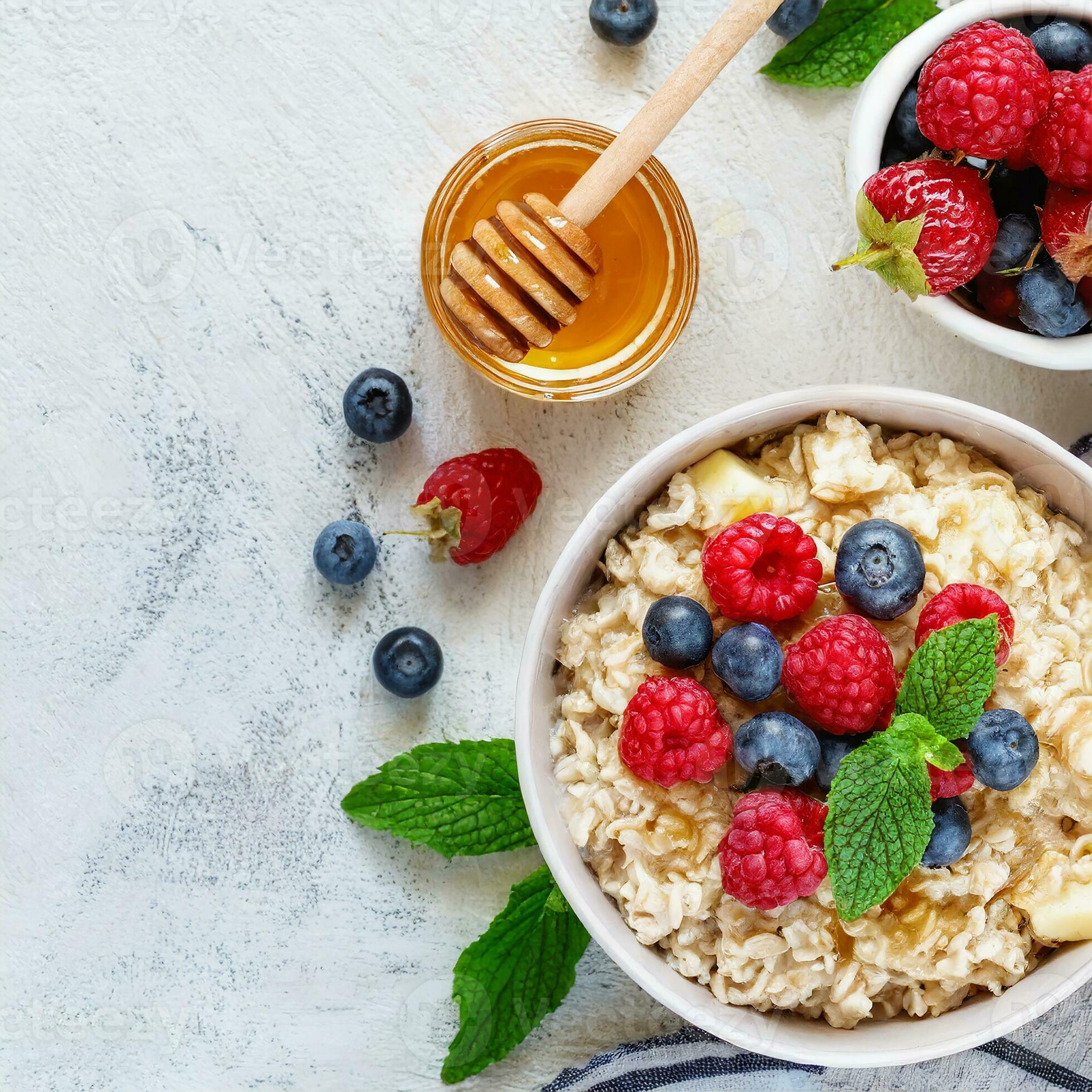In the ever-evolving world of wellness, one term is making major waves across health circles, fitness influencers, and dietitians alike—fibremaxxing. This trending nutritional approach, which centers around dramatically increasing daily fiber intake, has become a dominant topic of discussion in 2025. From TikTok diet tutorials to medical reviews, fibermaxing is being hailed as the next big thing in gut health and long-term wellness. But what exactly is it, and why has it gone viral? At its core, fibermaxxing involves intentionally consuming high volumes of fiber-rich foods, typically exceeding the standard dietary recommendations. While the average daily recommendation is about 25–30 grams, fiber-maxing fans aim for 40 grams or more, primarily through whole foods like legumes, whole grains, vegetables, fruits, seeds, and fiber supplements like psyllium husk or inulin.

Read Also: Why Salad Still Wins for Your Health

The motivation behind this trend lies in the proven benefits of dietary fiber, including improved digestion, stable blood sugar levels, lower cholesterol, and increased satiety. Fiber also plays a crucial role in feeding the gut microbiome, helping beneficial bacteria thrive. For many, this results in a better mood, stronger immunity, and even clearer skin. The rise of fibremaxxing can also be traced to a growing interest in gut-brain connection science. As people become more conscious of how digestive health affects mental clarity, mood regulation, and energy, fiber has taken center stage as a natural, accessible remedy. Popular health creators on platforms like Instagram and YouTube are now incorporating high-fiber meal preps, green smoothies with flaxseed, and “gut shots” into daily routines.
Nutritionists have largely welcomed the trend, to a point. Many experts confirm that increasing fiber is one of the easiest ways to support whole-body health. However, they also caution against taking it to extremes. Overdoing fiber—especially without enough water—can lead to bloating, constipation, or mineral malabsorption. According to dietitian Amy Shapiro, “Fiber is a powerful tool, but like anything else, balance is key. Suddenly, excessive intake can backfire.”
To maximize benefits and avoid discomfort, health professionals recommend a gradual increase in fiber intake over several days or weeks, along with adequate hydration—at least 2–3 liters of water per day. Pairing fiber with healthy fats and proteins can also aid digestion and nutrient absorption. One of the trend’s major appeals is its alignment with natural, whole-food nutrition. Unlike fad diets that rely on expensive powders or extreme restrictions, fiber-maxing encourages eating more of what’s already good for you—like lentils, oats, berries, leafy greens, chia seeds, and apples. It also complements vegan, vegetarian, and Mediterranean diets seamlessly, making it inclusive and flexible.
In the broader context of 2025 wellness trends, fibremaxxing fits perfectly within a shift toward preventive health and functional eating. Consumers are moving away from calorie-counting and toward food-as-medicine approaches. With rising rates of digestive disorders, metabolic syndrome, and mental health challenges, fiber has become a foundational part of the conversation. Retailers and food brands are also taking notice. Supermarkets now feature “gut health” aisles stocked with fiber-enriched snacks, prebiotic drinks, and microbiome-friendly cereals. Digital platforms are also capitalizing, with thousands of TikTok videos tagged #fibremaxxing and Google searches for “high-fiber meal plan” reaching all-time highs.
Despite the buzz, the message from health professionals remains grounded: don’t just chase the trend—understand the purpose. Fiber’s benefits are undeniable, but sustainable results come from consistent, thoughtful habits. Whether you’re easing into a high-fiber lifestyle or already a legume-loving enthusiast, fibremaxxing represents a return to smart, simple nutrition that supports the body from the inside out. In a wellness world full of extremes, fibremaxxing offers a refreshingly practical approach. It’s not about cutting carbs or avoiding fats—it’s about nourishing your gut, supporting longevity, and feeding the bacteria that keep your system in balance. And in 2025, that might just be the most powerful health hack yet.



